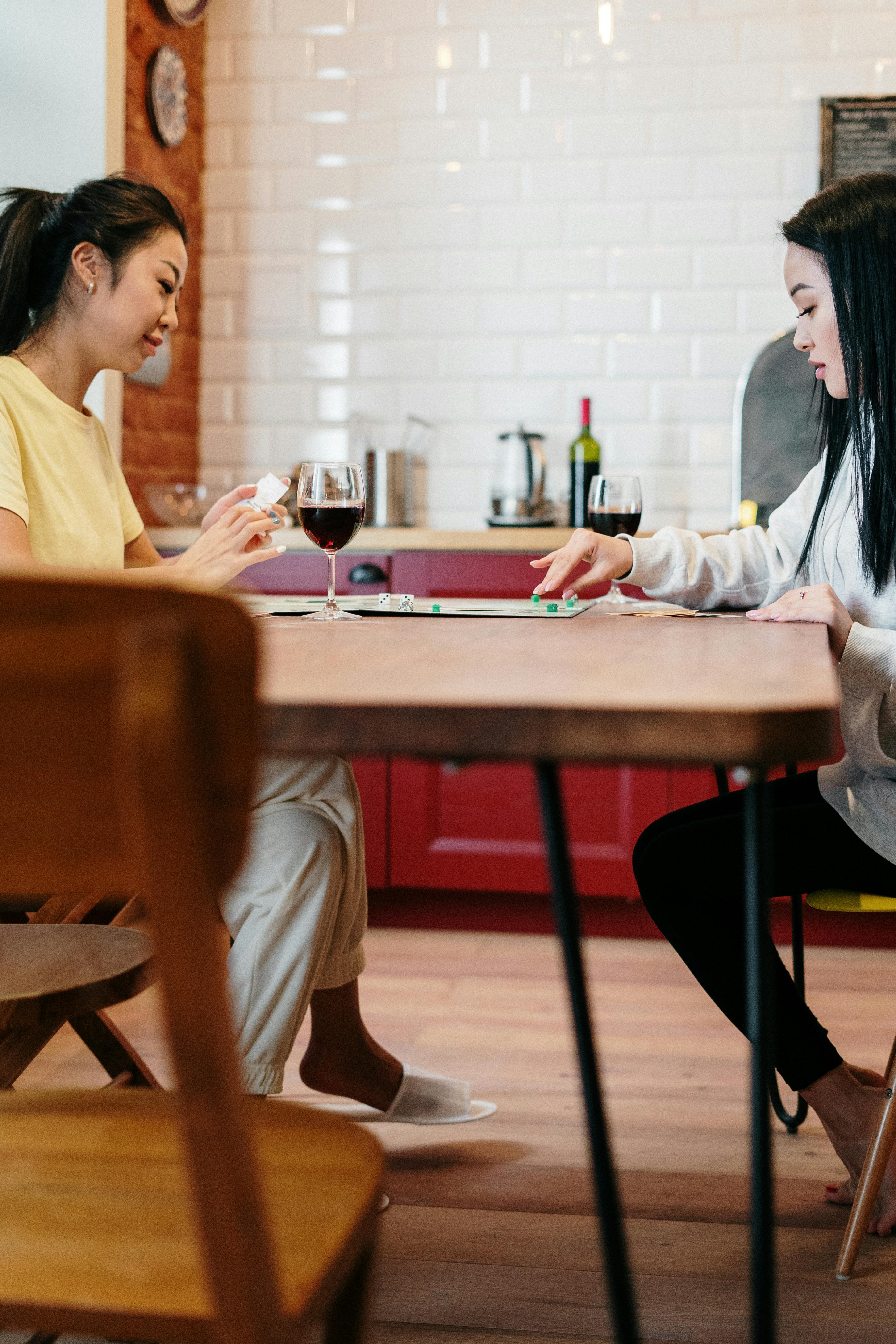Hebrew marriages go far beyond the typical, even though most wedding ceremonies and celebrations involve some sort of meeting and partying. The bridal service, which has a tremendous amount of history and tradition, is the most significant function in the lives of some Zionists. I’ve personally witnessed firsthand how little thought and planning goes into making sure the time runs smoothly and that each child’s unique design beams through on their special day as someone who photographs some Jewish weddings.
The ceremony itself takes place under the chuppah ( literally a canopy of marriage, derived from the book of Joel 2: 16 ), which symbolizes a bride coming out of her father’s house to enter her husband’s home as a married woman. The chuppah, which is customarily adorned with a tallit ( the fringed prayer shawl worn during services ), is an exquisite representation of the couple’s newfound intimacy https://asiansbrides.com/israeli-brides/.
The groom may remain escorted to see the wife prior to the start of the principal ceremony. She did put on a shroud to cover her face; this custom is based on the scriptural account of Joseph and Miriam. It was thought that Jacob could n’t wed her until he saw her face and was certain that she was the one for him to marry.
The man may consent to the ketubah’s conditions in front of two testimony after seeing the wife. The couple’s duties to his bride, such as providing food and clothing, are outlined in the ketubah. Both Hebrew and English are used in current ketubot, which are typically equitable. Some couples actually opt to own them calligraphed by a professional or have personalized decorations added to make them extra exclusive.
The couple may read their commitments under the huppah. The bridegroom may then present the bride with her wedding ring, which should be completely simple and free of any decorations or stones in the hopes that their union may been straightforward and lovely.

Either the priest or designated family members and friends recite the seven riches known as Sheva B’rachot. These blessings are about love and joy, but they also serve as a reminder to the couple that their union did include both joy and sorrow.
The couple likely tear a glasses following the Sheva B’rachot, which is customarily done by the wedding. He does get asked to kick on a goblet that is covered in fabric, which symbolizes Jerusalem’s Temple being destroyed. Some couples decide to go all out and use a different sort of thing, or even smash the goblet together with their hands.
The couple did love a celebratory bridal feast with audio, dancers, and celebrating following the chuppah and torres brachot. Men and women are separated at the start of the bride for socializing, but once the older guests leave, there is typically a more lively event that involves mixing the genders for dance and meals. The Krenzl, in which the bride’s mother is crowned with a wreath of flowers as her daughters dance around her ( traditionally at weddings of her last remaining children ), and the Mizinke, an event for the newlyweds ‘ parents, are two of the funniest and most memorable customs I’ve witnessed.
